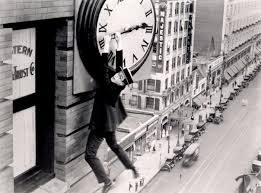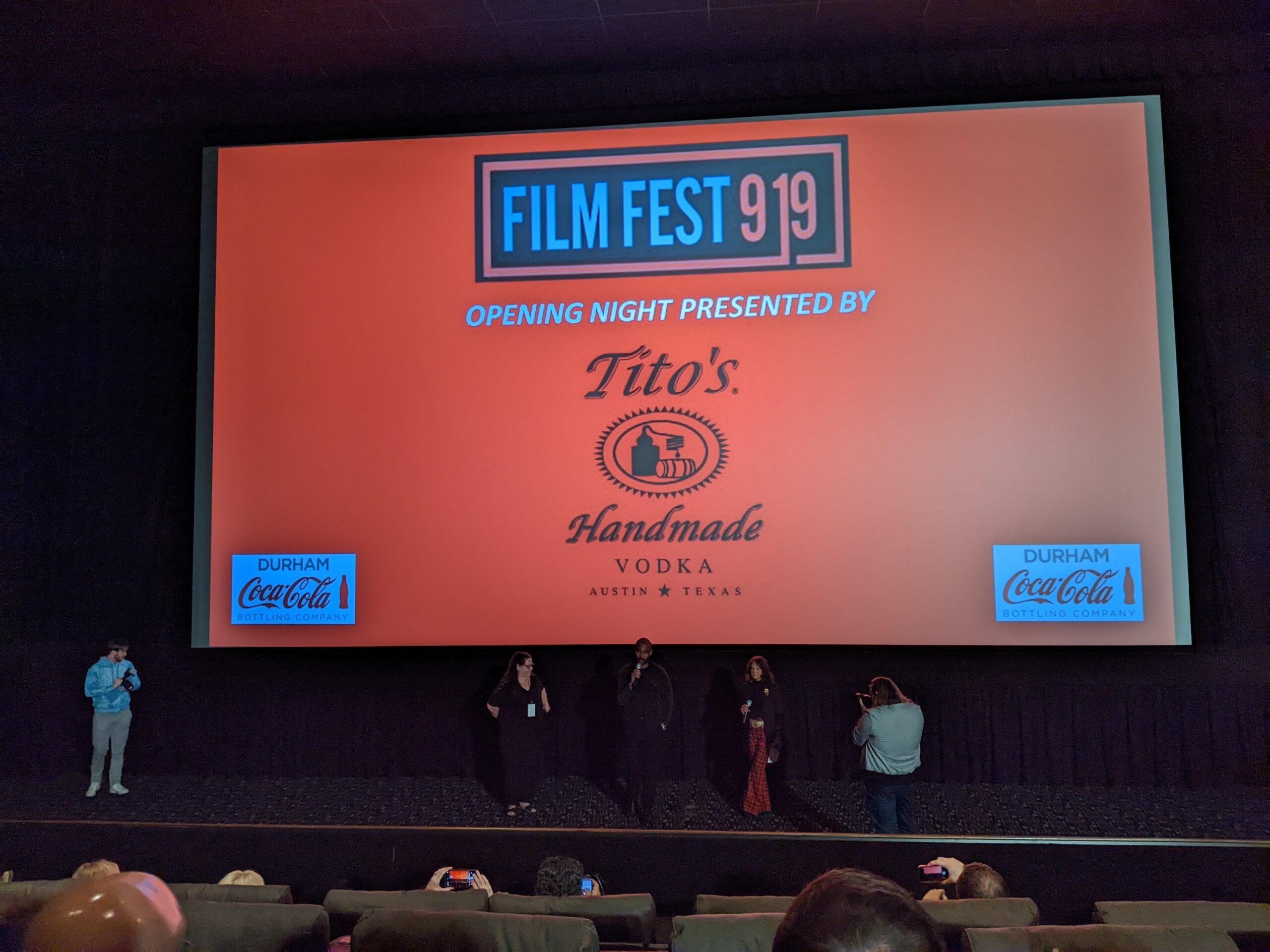Okay, now that Election Day is behind us, picking up where I left off with movies:
Aaron’s Ten Favorite Films Of The 1910s And 1920s, or: Say What You Will About The Silent Era, This Industry Was Pretty Hit-Or-Miss Until The Late 30s.
I got a little more than halfway through my top 10 before I cut off, so to recap:
10. The Passion of Joan of Arc
9. Birth of a Nation
8. The Jazz Singer
7. The General
6. The Kid
5. The Gold Rush
…with all the necessary apologies for No. 9. I really tried to like “Intolerance,” honest I did.
Click here for the first half of the list.
Continuing:
4. Metropolis. Aside from Charlie Chaplin, Fritz Lang was the greatest director of the silent era, and “Metropolis” was his masterpiece. It’s the first great science fiction movie, not to mention a classic about the ongoing struggle between the haves and the have-nots; Chaplin’s “Modern Times” would eventually surpass it on both counts, but “Metropolis” still holds up to this day.
And what’s more, it’s just as timely now as ever. The upper classes in “Metropolis” use technology to murderous ends partly because they see the lower classes as a threat, but also (and I think primarily) because they’re incapable of seeing them as human beings in the first place. In fact neither side in the class divide is able to recognize the humanity of the Other. It’s the introduction of simple human sympathy that makes a resolution possible: “The mediator between the Head and Hands must be the Heart,” as the final tagline goes.
This is the movie you need to show people, in short, before they start arguing about immigration or welfare or foreign policy—you know, the sort of issues where most of the usual arguments only make sense if you ignore the fact that actual human beings are involved. (It also ought to be required viewing for folks who want to cut humanities departments and pour all our higher-ed funds into STEM.)
3. The Circus. Charlie Chaplin’s Little Tramp movies, they say, always follow the same basic plot: starting out alone and penniless, he finds a community, makes friends, meets a girl, falls in love, and stumbles into financial opportunity as well; in the end, circumstances leave him right back where he started, alone and penniless, but he soldiers on, head held high.
Here’s the thing, though: none of Chaplin’s movies actually end that way. In “The Kid” he loses the girl (sort of) but gets to keep his ‘son,’ which was really the point all along; in “Modern Times” he loses the money but gets the girl; in “The Gold Rush” he gets the money and the girl; and while “City Lights” and “The Great Dictator” are a bit more ambiguous, he certainly doesn’t end up alone.
The one exception is “The Circus,” the only feature-length Little Tramp movie that actually follows the standard plot. It’s wonderful, it’s funny, it’s moving, it’s got some of the most iconic Chaplin moments of all time (oh, the final shot!), and for some reason it’s largely forgotten. I have no idea why.
People, watch “The Circus”! It’s great. I’ll always love “Modern Times,” but aside from that, this is my favorite Chaplin movie.
2. Battleship Potemkin. “Metropolis” ends with the upper and lower classes making peace over a common bond of simple humanity. The Soviet propaganda classic “Battleship Potemkin” is more pessimistic—as per Marx’s insistence that capitalism effectively eviscerates humanity, so all that remains are two different species, “bourgeois” and “proletariat,” whose interactions can only be violent. In the absence of that common bond, there can be no happy ending for all—so “Battleship Potemkin” takes the happiest ending it can get, the triumph of the Revolution through which “humanity” can be finally and fully restored.
I like “Battleship Potemkin” primarily because it makes me think. (I like movies that make me laugh, cry, or think. If a movie can do two of those things, all the better; if it can make me do all three, I’ll love it forever.) But it’s also an emotional movie too. The film industry is light years beyond where it was 90 years ago, so very few of these old, old movies really have the power to move us anymore—but I dare you to watch the Odessa Steps sequence without getting a little choked up.
1. Safety Last! I’ve mentioned this already, but today’s audiences are a bit more sophisticated (and jaded) than they were in the 1920s, when movies were new. They say when “The Great Train Robbery” came out in 1903, moviegoers would flee the cinema in terror when the bad guy turned his gun toward the camera at the end and pulled the trigger. And 20 years later, when “Safety Last!” came out, audiences apparently did the same thing—ran screaming out of the theater. Can you imagine anyone running out of a theater screaming today? What would a movie need to do to elicit such a reaction? I don’t even want to think about it…
“Wait, wait, hang on,” you ask. “Why did audiences run screaming during ‘Safety Last’? It’s just a slapstick comedy!”
Yep. That’s what I thought too.
Then I watched “Safety Last.”
“Safety Last” is a Harold Lloyd joint. As silent comedians go, Lloyd isn’t quite as well known today as Buster Keaton or Charlie Chaplin, and for good reason: generally speaking, Keaton and Chaplin made better movies. (A 1989 documentary about him is entitled “The Third Genius.”) Still, Lloyd’s work holds up pretty well in its own right, especially in those moments when he’s at his best—trying to impress some fair maiden or bigwig or cheering crowd by taking control of a situation, even while everything is falling apart around him in every conceivable way.
The last half hour of “Safety Last!” takes this standard plot and heightens it—literally—to a jawdropping level. The entire first hour of the movie is a long contrivance to set up this final scene: with a cheering throng, his boss, and his girlfriend watching below, a policeman actively trying to thwart him, and a friend trying vainly to help, Lloyd must climb up the side of a 12-story building.
And then he does.
What follows is simply one of the most dizzying, thrilling, exciting, suspenseful—and hilarious—sequences I’ve ever seen. If it were made today, it wouldn’t be a big deal. We have special effects, green screens, stunt doubles, all that. But this was 1923—so yes, that’s actually Harold Lloyd, actually hanging off the side of a building, and not for a second does the movie let you forget. (One modern reviewer, paraphrasing “Superman,” sums it up pretty well: “You’ll believe a man can die.”)
In the 1920s, the switch from Daylight to Standard time was fraught with peril.
I don’t want to oversell it, but there’s not a single action sequence in the entire first half of the century that holds up like “Safety Last!”—and to be honest, I can’t think of very many action sequences I’ve ever seen that were as thrilling. (If you saw the Burj Khalifa scene in “Mission Impossible: Ghost Protocol”—and what an amazing sequence that was—I’d say it’s about on par with that.)
So there. The top 10 movies of the 1910s and 20s. Most of them, you can watch for free on YouTube right now—and most of them are barely an hour long, so it’s a great way to pass a fairly short amount of time. I’d love to hear your thoughts: which movies am I leaving out?
(Incidentally, honorable mention goes to “Nosferatu”—which frankly I hated, but I’m pretty sure the version I saw was a poorly edited hack job. Max Schreck is terrific as the vampire, either way.)






Comments on Chapelboro are moderated according to our Community Guidelines